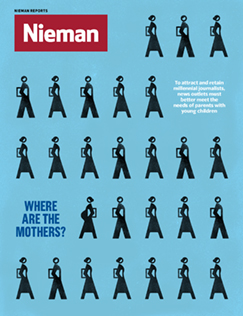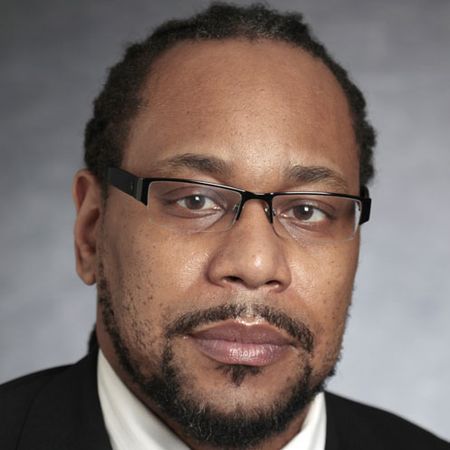When I set out to find out what happened to everyone in my third-grade class at Milwaukee’s Samuel Clemens Elementary School in 1978, I had no idea how mentally draining the project would become.
“What Happened to Us? Examining Milwaukee’s Persistent Problems Through the Eyes of One Class,” my four-part special report for The Milwaukee Journal Sentinel, tells the story of how Milwaukee went from one of the best places for blacks to live to one of the worst. I told the story from the perspective of what happened to me and my classmates. Of the 28 students in my third-grade class, at least 13 have spent time in prison or had a close family member—a parent, brother, sister, or child—locked up.
Some of my classmates have experienced trauma ranging from physical violence to years of drug use, and when I told their stories, I had to absorb those stories in order to understand them. It was daunting, but putting a face to struggles with housing, employment, and incarceration was necessary to get readers to care.
The months I spent on this project took me on a roller coaster ride of emotions. Many of my classmates cried during the interviews, and sometimes I did, too. Hugs and Kleenex were plentiful. After some of the interviews with my classmates, I couldn’t eat or sleep; haunted by what they had shared with me and realizing how fortunate I was and how unfair life could be.
In some cases, it took my former classmates months to open up because of their distrust of the media. Some refused to talk. Even the ones who did confide in me, revealed that they only did so because it was me. To be honest, many would not have opened up to a reporter who didn’t look like them—black.
Immersing myself in this project further cemented my view of how far we still have to go when it comes to race relations in this country and how many people of color feel when it comes to how the media tells their stories.
Over my career of 30-plus years, I have seen and felt the distrust of media by African-American communities. Many of my classmates looked at me as a friend, a familiar person with whom they could share, someone who wouldn’t vilify their lives in print. My position as a reporter and columnist carries weight, sure, but being a black person of the press carries even more when dealing with communities of color. And while I am honored to be viewed by my community as a columnist with integrity, there is also a lot of pressure that comes along with my position. I am expected to write or opine on everything black, cover every event, and as much as I would like to, I am one person and it can be overwhelming. But I wouldn’t change what I do for anything. My gift of telling stories is meant to be shared, and with that, I have a responsibility to tell those stories in a way that is respectful, authentic, and evokes emotions or actions that help impact lives in a positive way.
The city of Cleveland has had some success taking a cooperative approach to starting businesses and hiring city residents, and, prompted by my reporting, the Milwaukee Common Council is taking steps to implement a co-op model here. As a journalist, I hold a unique position and responsibility to inspire our leaders to act and implement laws and changes for the greater good of our communities.
This takes time, but if we want to get to foster improvements in this country, we need more journalists willing to go to places and neighborhoods that they have not been before to tell those stories.



